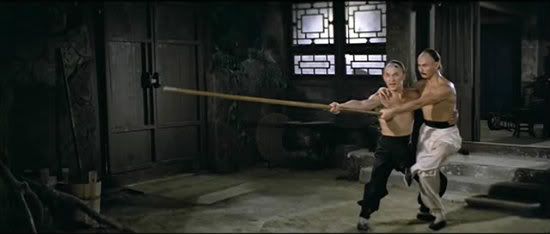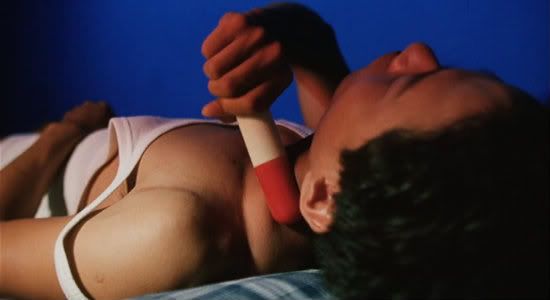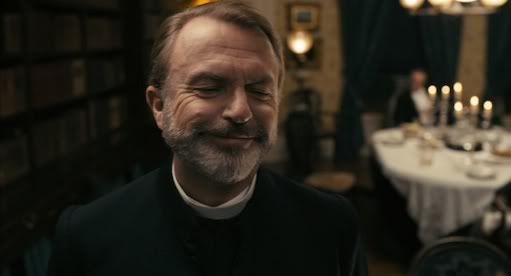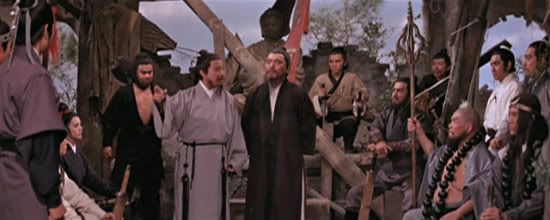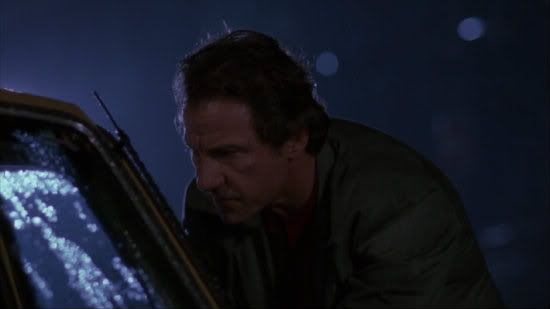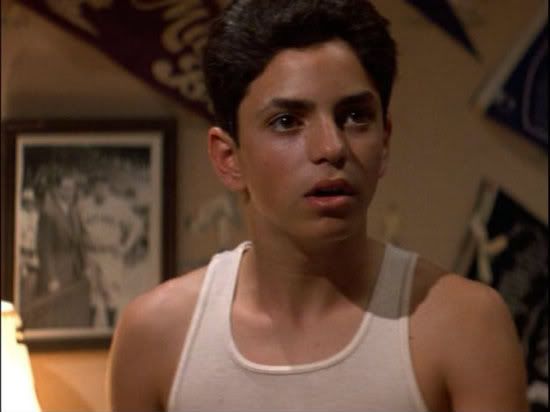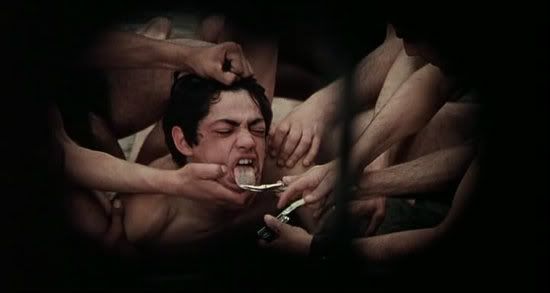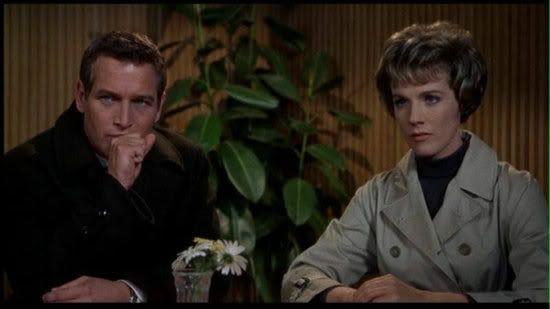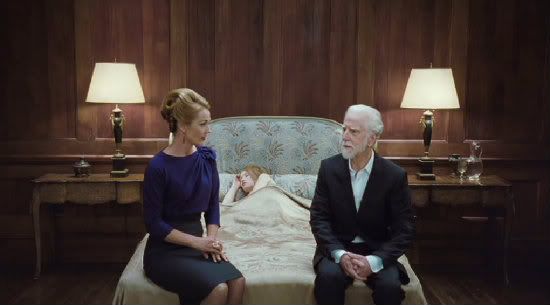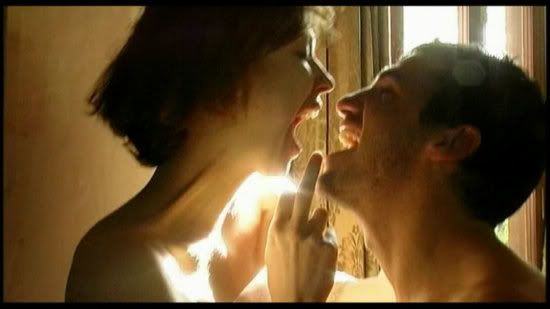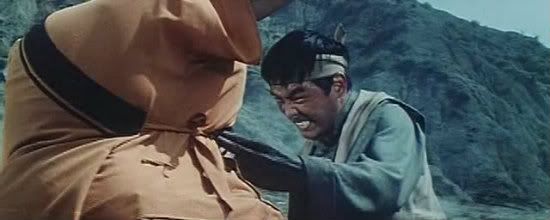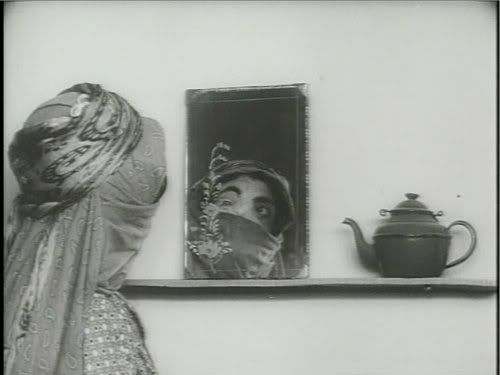(John Landis / 1985)
Landis at his most Bressonian, if that can be said with a straight face. Into the Night is slow, plodding, deliberate, dry. It can lull you into a hypnotic state, that is, if you're picking up what it's laying down. It can also be a bore. It's the kind of analogue hallucination you should watch on a sweltering summer night, unsure of whether you've fallen asleep or not (and watching it on VHS certainly enhanced this experience).
It's a meta-film of the variety that flourished in the 80s as society sucked up into its individual bedrooms and headspaces, where even though a recession plunged countless into poverty and homelessness the collective images of the nation were of suburban middle class banality reaching out for some kind of mystical, spiritual, and sexual fantasy. Into the Night is akin to Verhoeven's Total Recall, except without the tertiary hints that what we are witness to is a fantasy. However, Into the Night moves with the swift forward motion of a dream, or rather, works that create a dream-aesthetic (Traumnovelle). This is male fantasy cinema with quite a few mommy issues in the margins. Notice how every woman is the catalyst for adventure through her greed / lust, which is necessary for both Ed Okin's pleasure and his pain (this is a film of sex and near death experiences to the tune of late night B.B. King). Though to be fair, it does handle Ed's wife's infidelity in an unconventional way: Ed's a total bore and Diana insists her affair may be romantic.
There are two other motifs worthy of further exploration that I'll touch upon here. The film conflates a fascination with dreams and cinema in a manner that is unusually subtle for a post 1930s Hollywood outing. Most noticeable are the scores of director cameos (Cronenberg, Vadim, Siegel, Bartel) as well as a brilliant set-piece that is, well, a set-piece that pulls off some great prop gags that in any other context would be groan-inducing. Second, it conforms nicely to a pattern of 80s mainstream films that helped plant the seeds of contemporary Islamophobia. Like Back to the Future (the Libyans!), To Live and Die in L.A., or The Delta Force; within both children's adventures and maverick cinema exists Arab contingencies running amok through the films landscapes. It's no different here, except that Landis has a strangely specific context and one of the most disturbing and violent climaxes in a 'comedy'. The rated 'R' genre-blending Apatow outings of today could learn a thing or two from Landis (structurally that is, we could do with out the contempt for women and hatred of Arabs).

